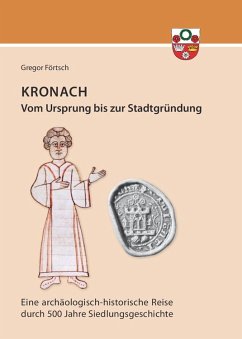The remains of an Early to High Medieval settlement with some 4.5 ha in size and massive foundations of a motte and bailey of the Salian era near Friesen-Sand/Eichelberg in the city of Kronach, which was first mentioned as villa cranaha in A.D. 722, are among the most important new finds of the Middle Ages in Upper Franconia. The complex discovered in 1989 and investigated from 1992 to 2023 could be traced back to the time of its first mention thanks to Early Medieval pottery and metal finds that point to an aristocratic elite. A conflagrllation destroyed the wooden manor house around A.D. 1000, as Thietmar von Merseburg also reports for A.D. 1003 on the urbs Crana. The subsequent Stone house with a residential tower and hall was built by Bishop St Otto I of Bamberg in A.D. 1122, according to his vita. In the mid-13th century A.D., the site was abandoned in the course of a road relocation and its prominent name was transferred to the new planned town of Kronach with Rosenberg fortress, making it one of the oldest archaeologically documented German towns. The settlement favour of the site is underlined by the largest collection of Final Neolithic finds from Upper Franconia and Metal Age remains.








